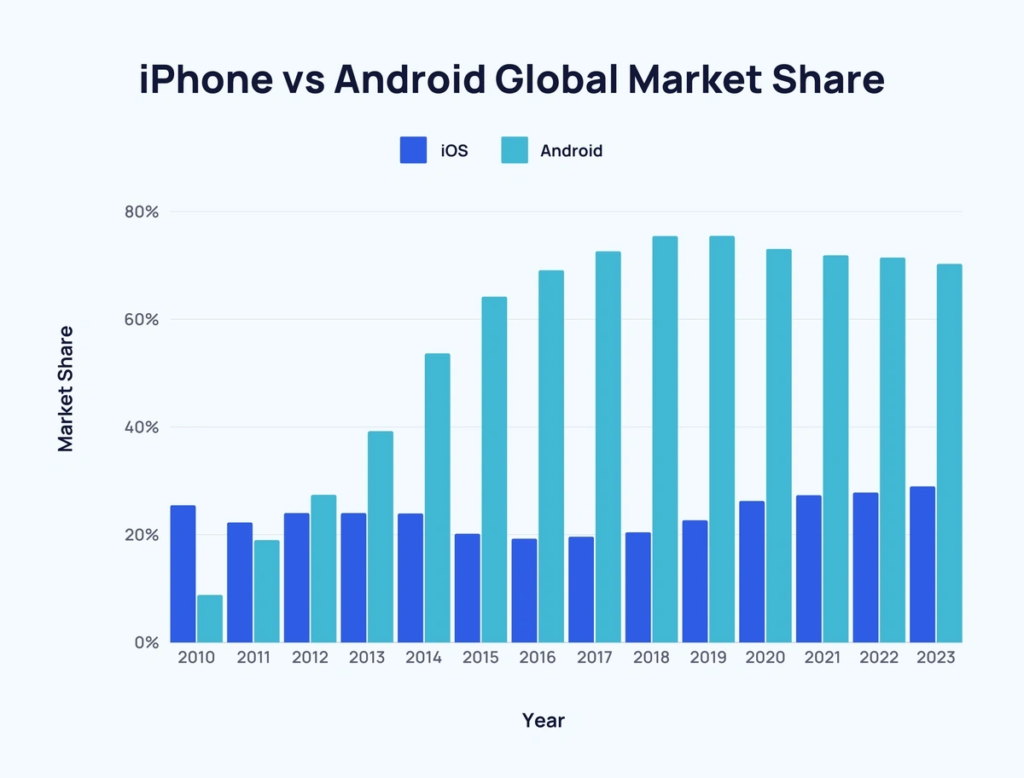To streamline operations and boost technological advancements, Google has consolidated its key divisions under one roof. The reorganization is expected to foster a more cohesive environment for developing new technologies, focusing heavily on AI integration across Google’s platforms.
What’s Happening & Why This Matters
Google announced a significant reorganization by merging its Android, Chrome, and hardware divisions into a new “Platforms and Devices” team. This strategic shift — led by Rick Osterloh — enhances product development and accelerates innovation particularly in artificial intelligence (AI). The reorg is part of Google’s broader strategy to integrate AI into its ecosystem as detailed by CEO Sundar Pichai in his blog post titled “Building for our AI future.”

Rick Osterloh, Senior Vice President of Google Hardware, will spearhead the newly formed division while Hiroshi Lockheimer, the former head of software Android and ChromeOS platforms, will transition to new projects within Google. The change unifies Google’s approach to software and hardware development, promising faster delivery of innovations to partners and improved product quality. CEO Sundar Pichai emphasized that this integration enhances the Android and Chrome ecosystems and expedites internal decision-making processes. Notably, the reorganization is set to include sectors of Google Research. Google Research focuses on computational photography to enrich the synergy between hardware, software, and AI.

Impact
The reorganization reflects Google’s ongoing commitment to AI that links directly to the company’s core product strategies. Interestingly, the announcement continues Google’s partnership with Qualcomm that suggests an alignment that extends beyond Google’s in-house developments (e.g., Pixel Tensor chip).
Despite past tensions with Qualcomm over chipset limitations, Google appears to be reinforcing its partnership to push AI innovations further in areas including mobile devices, computing, XR, and automotive technologies. While the reorganization promises several internal benefits for Google, the industry and ecosystem partners are being looped to maintain transparency and collaboration. The previous “firewall” between Google’s hardware efforts and Android operations is reportedly still in place to ensure fair play and integrity in dealings with ecosystem partners.
TF Summary: What’s Next
As Google integrates its ventures into Platforms and Devices division, industry eyes are watching closely. AI focus not only underscores Google’s commitment to innovation but also sets the stage for new developments that could reshape how ecosystems operate. How this strategic shift impacts Google’s relationships and competition amongst other tech giants and impacts its market position is yet to be determined. The integration seems a smart, technological convergence move that promises exciting advancements and collaborations for the future.


